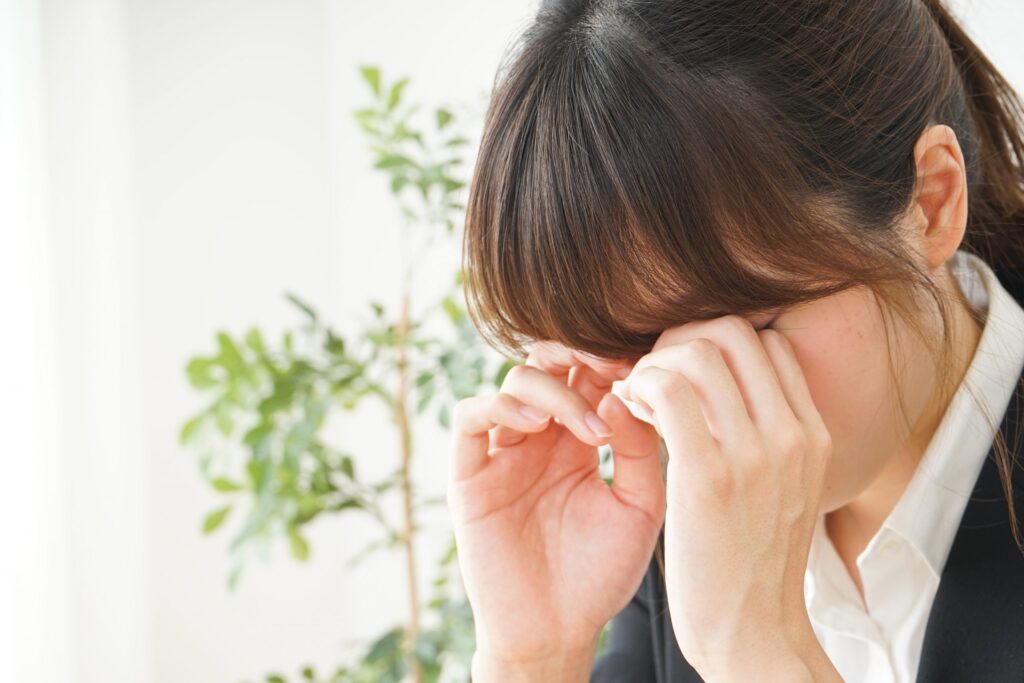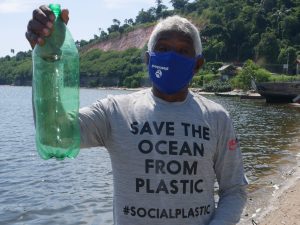Protect your eyes this spring

With many of us taking the opportunity to get out and exercise in our area these past couple of months, spending time outdoors also brings the risk of hay fever and sun damage. Applying some tips and tricks to promote eye health and safety, including wearing sun protection and using the appropriate eye care solutions, can save your eyes.
Suffering from hayfever this spring?
While many of us welcome spring and the warm weather that comes, others dread it. That’s because they know they are in for months of red, sore, watery, and itchy eyes.
Hay fever is an allergy caused by pollen that affects many people to varying degrees. Its effect on the eyes gets especially annoying for contact and glasses wearers. Itchiness gets in the way of corrective eyewear and too much itching leads to soreness and unattractive red eyes. With an estimated one in seven Australians affected by hay fever each year, we know that it is no fun at all!
It’s difficult to avoid allergens even if you stay indoors. However, there are ways to reduce your suffering:
- Clean the house: Vacuum, dust, and change your sheets and pillowcases on a regular basis
- Close your windows
- Use an indoor air purifier
- Cold packs are very useful for symptoms
- Create a ‘barrier’: Dab a bit of petroleum jelly on the inside of your nostril. That way pollen won’t be able to attach itself inside your nose.
- Get fit: Research shows it reduces the symptoms of hay fever.
- Wash your hair at night: Pollen is nasty – it can stick to your hair then rub off onto your pillow.
- Avoid the peak hour for pollen: Between 8–10 am and 5–7 pm is when it’s at its worst. If you’re a commuter, wear sunglasses and consider wearing a mask.
- Don’t rub your eyes – it makes them puffier and spreads the allergen which increases the problem
- Avoid putting water in your eyes – that just spreads the allergens around the eye
Isn’t a bit of sun good for us?
While the sun is an excellent source of vitamin D, too much exposure to ultraviolent (UV) radiation can contribute to eye conditions and diseases including cataracts, pterygium and skin cancer around the eye.
74% of Australians haven’t heard of pterygia (pronounced tuh-rij-ee-ah) yet we have one of the highest rates in the world.
A pterygium is a fleshy overgrowth of tissue on the surface of the eye caused by excessive exposure to UV radiation from sunlight and long-term exposure to dry and windy conditions.
Also known as a ‘surfer’s eye’, pterygia usually develop in people between 20 and 40 years but have been known to occur in children. Pterygia can cause red eyes, discomfort, and blurred vision.
At Beckenham Optometrist we can diagnose and prescribe drops to relieve the discomfort and minimise progression.
Don’t stop at SLIP SLOP SLAP
Understanding just how vulnerable children and adults are to UV exposure shows why developing good habits with eyewear protection needs to start early. Even on cloudy days, we encourage you to wear high protection sunglasses to reduce the UV radiation reaching your eyes.
Children and young adults are more vulnerable to sun-induced eye damage as we receive 80% of our lifetime’s exposure to UV before our 18th birthday so make sure to SLIDE a pair of sunglasses on your kids.
For decades ‘being smart in the sun’ campaigns have raised awareness about the dangers of sun exposure. But why don’t we protect our eyes as much as we protect our skin, particularly when our eyes are 10 times more sensitive?
At Beckenham Optometrist, we recommend a minimum lens category 3 for a high level of sun glare and good UV protection in addition to a specific face sunscreen to areas of skin surrounding the eye.
The best protection is always prevention – wearing high-quality sunglasses from an early age offers the two-fold benefit of protecting you from damaging UV exposure as well as dry and dusty conditions. Our job is to prescribe the right fit for you based on how you use your eyes and the environment you spend time in.








